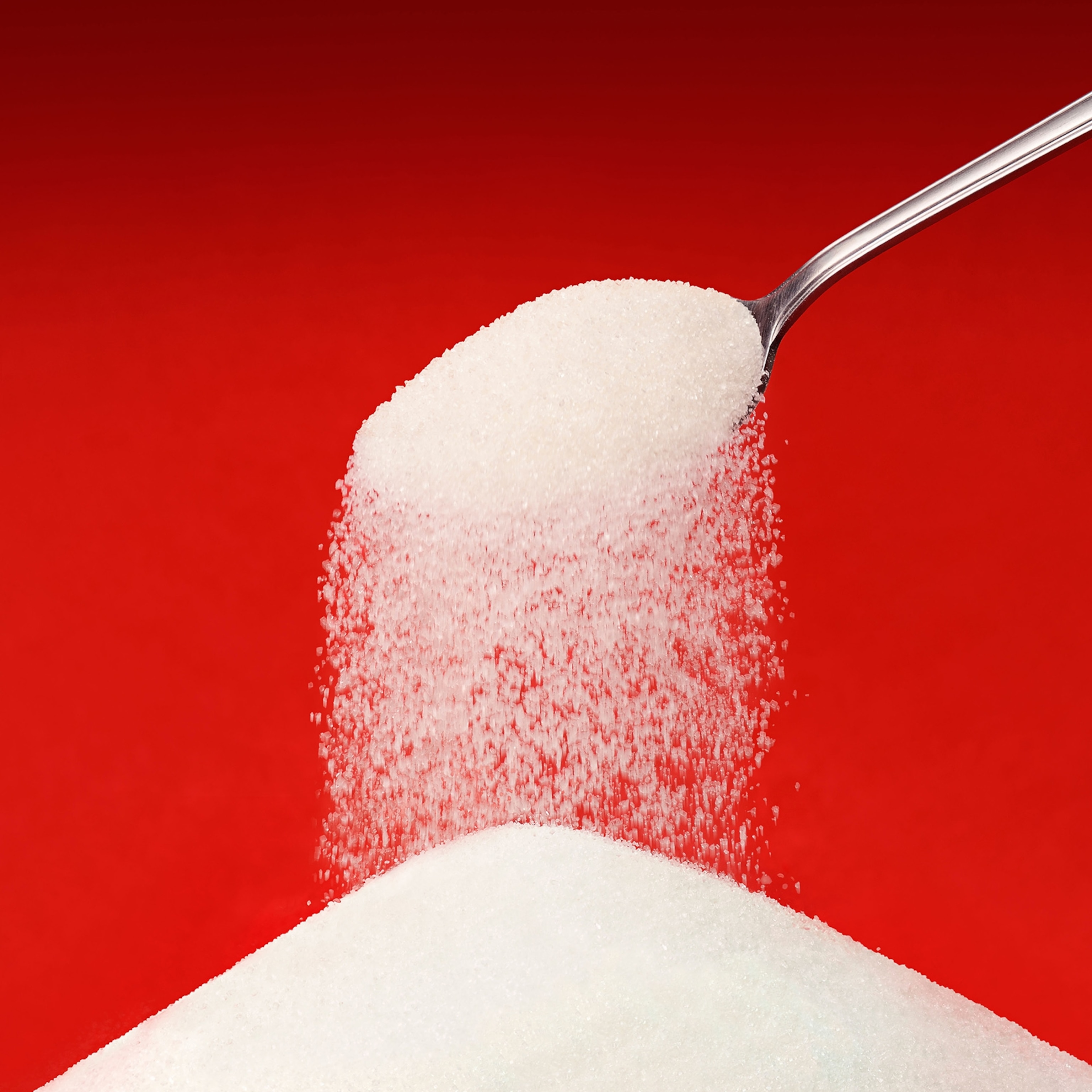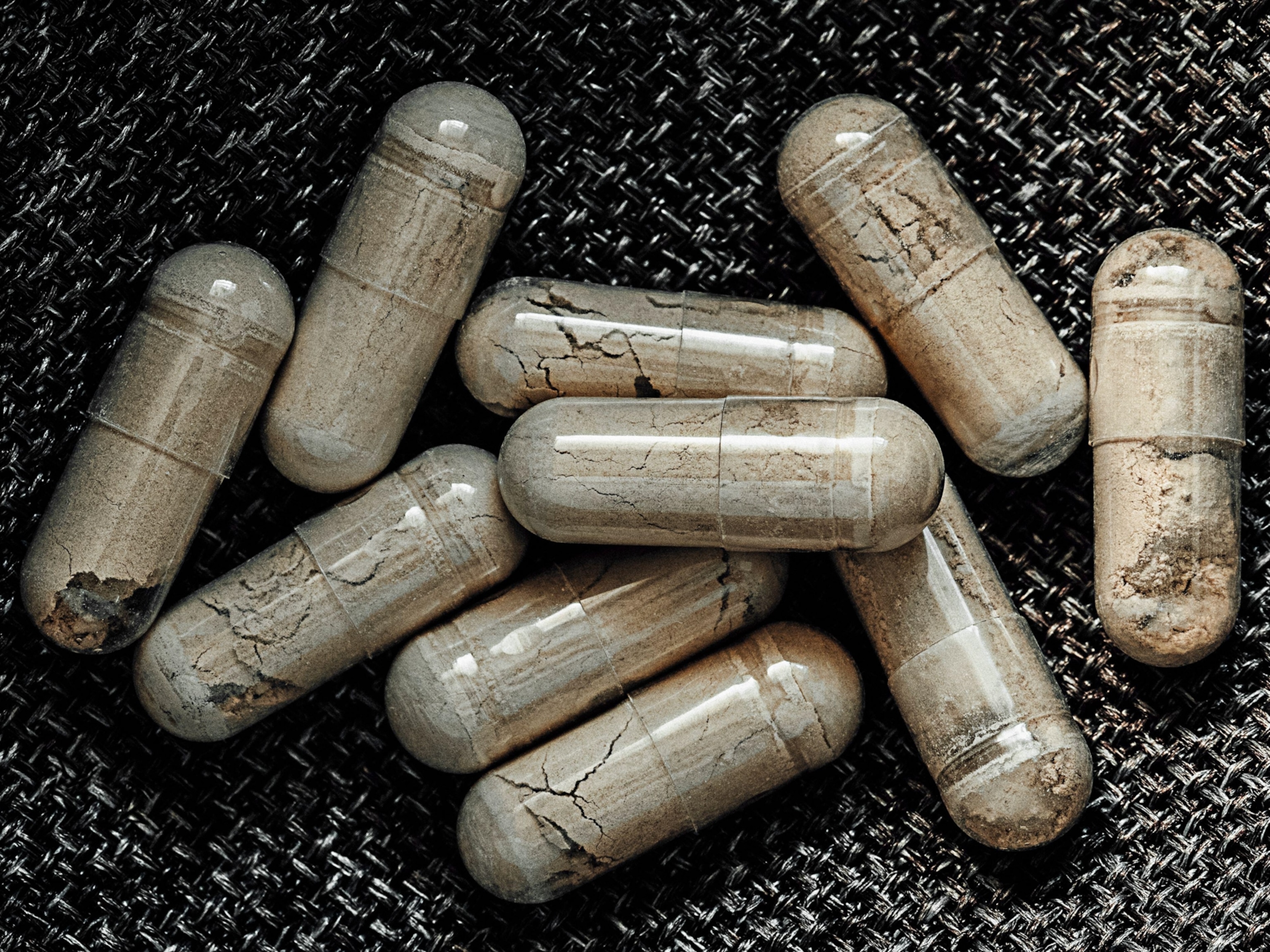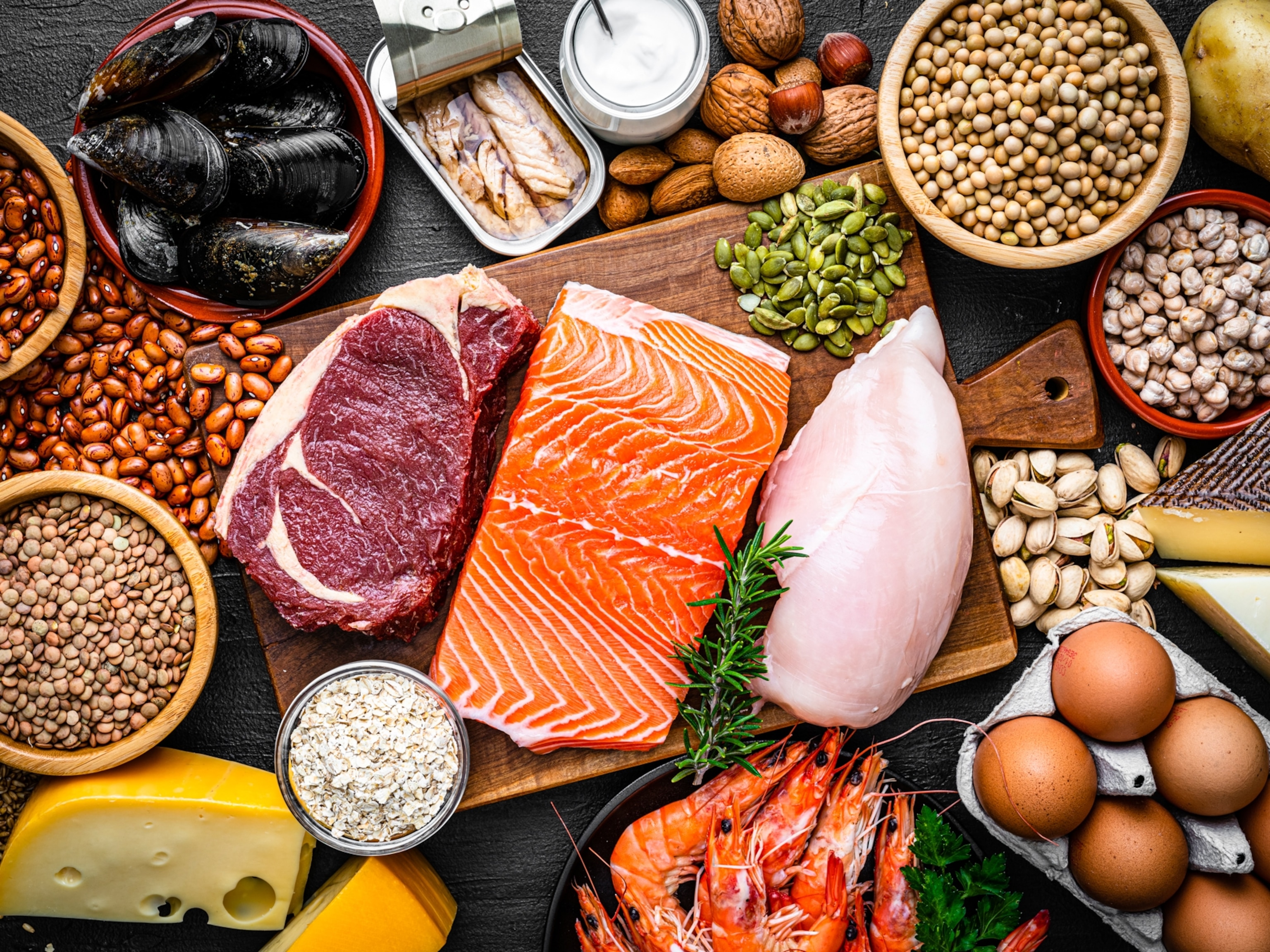Life is sweet: the sugar story
Our bodies need dietary fats. They give us energy and support cell growth. However, excess fat not used for these functions can cause health problems. The way we digest, use and store fat is crucial.
Sugarcane is the world’s third most valuable crop, with more than 66 million acres of farmland driving an industry that provides American consumers alone with over 11 million metric tons of sugar a year. With the average American eating more than 70 grams (17.5 teaspoons) of sugar a day, the World Health Authority has recommended we reduce our consumption, but it’s not easy. In the last 50 years we have settled into a love-hate relationship with sugar—we know we should hate it, but…
We’re probably programmed to love sugar. Our evolutionary survival instincts trigger cravings for foods our bodies need, whether it be salt, fat, and sugar. To our early ancestors, sugar’s high-energy content was a lifesaver when food was scarce, and we actively sought it out, competing with birds, animals, and insects for foraged berries, fruits, and honey. These sweet treats helped the human species to survive and thrive, but for thousands of years our intake was moderated by seasonal availability. Until the mass production of sugar began in 1647, it formed only a tiny part of the human diet.
Sugars carbohydrates, which are the body’s main source of energy. Made of carbon, hydrogen, and oxygen atoms, this sweet, colorless, water-soluble compound is found in the sap of seed plants and the milk of mammals, and it comes in six main types. Glucose is a monosaccharide, or simple sugar, that is carried by the blood and absorbed by cells. Fructose is another simple sugar found in fruit and honey. It has the same molecular formula as glucose, but different molecular arrangements make it taste sweeter. Combining a molecule of glucose and a molecule of fructose creates sucrose, a disaccharide or double sugar. Maltose and lactose from milk are also disaccharides, as is the man-made sugar, high-fructose corn syrup (HFCS). Of all the sugars, sucrose is the most common; the crystalline tabletop sweetener is almost exclusively extracted from sugarcane and sugar beets.
In the 1960s, industrial conversion of glucose into fructose created HFCS, a very cheap and super-sweet artificial concentrate widely added to food and drink. Between 1970 and 1990, America’s consumption of HFCS increased tenfold, mirrored by an increase in obesity. The problem with HFCS is that fructose contains no nutrients—it’s empty calories.
The body doesn’t distinguish between natural or processed sugars, but it can only absorb monosaccharides. Enzymes in the small intestine break down disaccharides into their individual components, with sucrose becoming glucose and fructose. These are released into the bloodstream where glucose is transported to tissue cells and converted into energy. Glucose is the main source of fuel for our brains, with our neurons needing a constant supply from the bloodstream. Pancreatic beta cells monitor the amount of glucose in our blood, using insulin to keep blood sugar levels constant and storing excess sugar as glycogen for later use. Fructose is different. It is processed exclusively by the liver, which transforms it into a glucose-like molecule. However, a by-product of fructose metabolism is fat molecules—the more fructose the liver metabolizes, the more fat molecules build up. When added in large quantities to soft drinks and processed foods, it can overload the liver, contributing to health problems.
Any sugar added to food is designated a “free sugar” by the World Health Organization (WHO). We need to know how much is added to a product because every gram of any sugar is 3.94 calories, and too much sugar makes it impossible to get the nutrients we need without exceeding our recommended 2,000 calories a day. The WHO advises that free sugars should make up less than 10 percent of an adult’s daily total energy intake, not exceeding 50 grams (12.5 teaspoons). In Norway the average intake is 7-8 percent, compared to 16-17 percent in the U.K. Children typically eat more free sugars, and consumption is higher in urban settings. The problem is that free sugar is everywhere. Aside from its coveted taste, sugar acts as a preservative in cereals, adds body to yogurt, balances acid in tomato sauces, and helps make cakes moist and cookies crisp. Perhaps the most demonized source of free sugar is sugar-sweetened sodas that contain up to 40 grams (10 teaspoons) of free sugars per can. But much of the sugar we consume is hidden in processed foods that we don’t think of as sweet—a tablespoon of ketchup contains a teaspoon of sugar. Through government intervention, food labeling is improving and we’re learning that if an unfamiliar ingredient ends in -ose, it’s probably a sugar.
While everybody’s metabolism works differently, most of us eat more sugar than we need. We know this causes problems, but that’s not stopping us. Taste is the main temptation: In nature sweet foods are usually safe foods, but we’ve grown to associate sweetness with pleasure. When we eat sugar the brain releases dopamine and serotonin, two mood-boosting hormones that stimulate the area of the brain associated with reward. In a process similar to drug addiction, we get sugar cravings. However, our sugar rush releases insulin that creates a sugar crash, triggering more cravings and a vicious sugar cycle. What’s more, while glucose suppresses our hunger hormones, fructose does not—making us likely to keep eating no matter how many calories we’ve consumed. That is a problem.
It is widely accepted that eating too much sugar can result in consuming too many calories, leading to weight gain and associated health problems including heart disease, cancer, and diabetes. What’s indisputable is that our relationship with sugar has changed since our foraging days and is changing again as sugar becomes public health enemy number one. We’re unlikely to cut it out completely, but with greater awareness of how our bodies work, many are moving toward a more measured intake: The traditional teatime question “One lump or two?” is increasingly answered, “No sugar for me, thanks.”
We asked some big questions about living a better life. Discover more about how we can overcome the world’s biggest challenges at natgeo.com/questionsforabetterlife








